Asa Packer Mansion: A Historical Jewel in Jim Thorpe, Pennsylvania
Nestled in the picturesque town of Jim Thorpe, Pennsylvania, the Asa Packer Mansion is a testament to the rich history and architectural grandeur of the 19th century.
Completed in 1861, this Italianate Villa-style mansion was the residence of Asa Packer, an influential coal and railroad magnate, philanthropist, and the esteemed founder of Lehigh University.
The mansion’s strategic location near the historic downtown Broadway area of Jim Thorpe, overlooking the Lehigh River, adds to its allure and historical significance.
The mansion, now a museum, has been meticulously preserved, showcasing original Victorian furnishings and intricate interior designs.
Recognized as a U.S. National Historic Landmark in 1985, the Asa Packer Mansion is a key piece of American history and a major attraction for those exploring things to do in Jim Thorpe, Pennsylvania.
This introduction sets the stage for a journey through the mansion’s architectural marvels, the life of Asa Packer, and the mansion’s enduring legacy in American history.
Architectural Marvel of the Asa Packer Mansion
The Italianate Villa Style and Samuel Sloan’s Design
The distinguished Philadelphia architect Samuel Sloan designed the Asa Packer Mansion, a masterpiece of Italianate Villa architecture.
This architectural style, popular in the mid-19th century, is characterized by its picturesque aesthetic and an emphasis on symmetry and grandeur.
Sloan, known for his influential works like the Southern Mansion Hotel in Cape May, New Jersey, and Longwood in Natchez, Mississippi, brought his expertise to Jim Thorpe, Pennsylvania, with this project.
The mansion’s design was inspired by Sloan’s 1852 publication, “The Model Architect,” where he promoted the Italian Villa style.
The construction, spanning two years from 1859 to 1861, resulted in a structure that was both visually striking and functionally advanced for its time.
Construction Details and Unique Features
The construction of the Asa Packer Mansion was a feat of engineering and craftsmanship. Constructed on a sturdy cast iron framework, an innovative method for its era, the Asa Packer Mansion was erected at an estimated cost of $14,000, a considerable sum during the 1860s.
Spanning 11,000 square feet, this grand residence encompasses three floors and includes 18 rooms. Its exterior is distinguished by a red-ribbed tin roof and a central cupola, or belvedere, adding to its majestic appearance.
The two-story covered porch, adorned with Italianate details like arched valances and lacework balustrades, enhances the mansion’s elegance.
The extended eaves with brackets and the main roof capped by a dome are notable features that exemplify the Italianate style.
Preservation and Significance
Over the years, the Asa Packer Mansion’s preservation has been remarkable, allowing visitors to step back in time and experience the 19th-century opulence.
The mansion’s interior and exterior have been maintained to reflect the original design and decor, making it one of the best-preserved Italianate Villa homes in the United States.
Its designation as a National Historic Landmark in 1985 underlines its architectural and historical significance, offering a glimpse into the lifestyle and tastes of the American elite during the industrial boom of the 19th century.

Asa Packer – The Man Behind the Mansion
Packer’s Rise as a Coal and Railroad Magnate
Asa Packer’s journey from a carpenter’s apprentice to a prominent figure in the coal and railroad industries is a story of ambition and success.
Born in 1805, Packer moved to Pennsylvania in his twenties, where he initially worked as a carpenter and boat builder.
His entrepreneurial spirit led him to invest in coal mining, recognizing the potential of Pennsylvania’s rich coal reserves.
Packer’s foresight and business acumen were instrumental in developing the Lehigh Valley Railroad, a major transportation route for coal.
His involvement in the railroad industry not only amassed his fortune but also played a pivotal role in fueling the region’s industrial growth.
Philanthropic Endeavors and Lehigh University
Beyond his business achievements, Asa Packer is remembered for his generous philanthropic contributions. His most notable legacy is the founding of Lehigh University in 1865.
Packer’s vision for the university was to create an institution that offered practical education, particularly in science and technology, to prepare students for the industrial age.
His initial donation of $500,000, a substantial amount at the time, laid the foundation for what would become one of the nation’s leading universities.
Packer’s commitment to education and community development reflected his belief in giving back to society and shaping future generations.
Family Life and Legacy
Asa Packer’s family life was intertwined with his professional endeavors. Married to Sarah Minerva Blakslee in 1828, they had eight children, though only four survived to adulthood.
His family was a central part of his life, and the mansion was not just a residence but a home that witnessed the joys and sorrows of the Packer family.
The legacy of Asa Packer, preserved through the mansion and his philanthropic efforts, continues to be a source of inspiration.
His contributions to industry, education, and community development have left an indelible mark on American history, making the Asa Packer Mansion not just a historical site but a monument to a life of remarkable achievements.
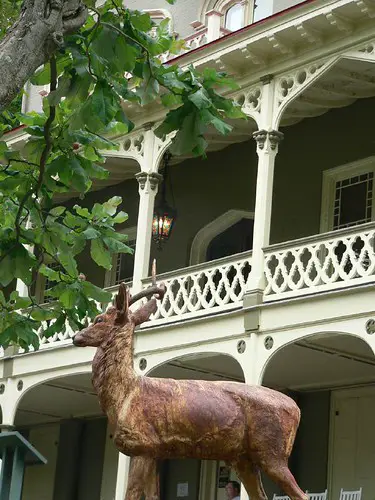
Inside the Mansion – A Journey Through Time
Victorian Furnishings and Interior Design
The Asa Packer Mansion’s interior showcases Victorian-era elegance and sophistication. Each of the 18 rooms within the mansion is adorned with original furnishings that date back to the time of Asa Packer, offering an authentic glimpse into the 19th-century lifestyle of the American elite.
The mansion features an array of exquisite marble fireplaces, each uniquely designed, adding warmth and character to the rooms.
The presence of gilded mirrors and ornate chandeliers throughout the mansion reflects the luxury of the period.
The intricate woodwork and handcrafted details in the mansion’s paneling, staircases, and furniture highlight the era’s craftsmanship.
The Significance of Specific Rooms
Certain rooms within the Asa Packer Mansion hold particular historical and aesthetic significance.
The library, with its richly paneled walls and extensive collection of books, served as a place of learning and reflection for Packer and his family.
The dining room, adorned with lavish table settings and an impressive sideboard, illustrates the social and familial gatherings central to the Packer family’s life.
The mansion also includes a grand parlor, which was used for entertaining guests and hosting important events, showcasing the Packers’ social status and hospitality.
Preservation Efforts and Museum Transformation
The transformation of the Asa Packer Mansion into a museum involved meticulous efforts to preserve its historical integrity.
The mansion’s conversion into a museum allowed for maintaining its original furnishings, decor, and structural elements, making it an invaluable resource for understanding Victorian-era architecture and interior design.
The preservation efforts ensure that visitors experience the mansion as it was during Asa Packer’s time, providing an immersive journey into the past.
The museum serves to preserve physical history and as an educational resource, offering guided tours and educational programs that delve into the mansion’s history and the legacy of the Packer family.
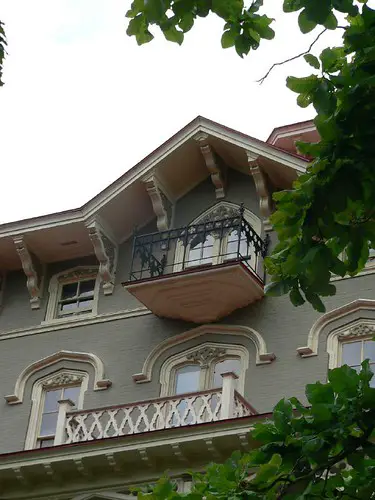
The Mansion’s Role in Local and National History
National Historic Landmark and Historical Significance
The Asa Packer Mansion’s designation as a National Historic Landmark in 1985 underscores its importance in American history.
This honor is bestowed upon properties that demonstrate outstanding significance in showcasing or elucidating the cultural legacy of the United States.
The mansion’s inclusion in the National Register of Historic Places further cements its status as a significant historical site.
Its preservation as a landmark allows for the continuation of its story and its role in the broader narrative of American industrial and architectural history.
Contribution to the Jim Thorpe Community
The Asa Packer Mansion is a national treasure and a cornerstone of the Jim Thorpe community. Its presence has been instrumental in shaping the town’s identity and attracting visitors worldwide.
The mansion’s role in promoting tourism has helped sustain the local economy and preserve the area’s cultural heritage.
The mansion doubles as a hub for local events and learning initiatives, nurturing a communal bond and a connection with historical traditions.
Recent Developments and Community Involvement
In recent years, the Asa Packer Mansion has seen various developments that have enhanced its appeal and accessibility to the public.
The Jim Thorpe Lions Club’s involvement in managing and preserving the mansion has been pivotal. Their efforts have ensured that the mansion remains a vibrant part of the community, open for public tours and events.
The mansion’s role in the community extends beyond tourism, serving as a symbol of the town’s rich history and a source of pride for the residents of Jim Thorpe.
The ongoing preservation and promotion of the mansion ensure that it continues to be a living part of American history, accessible and relevant to future generations.
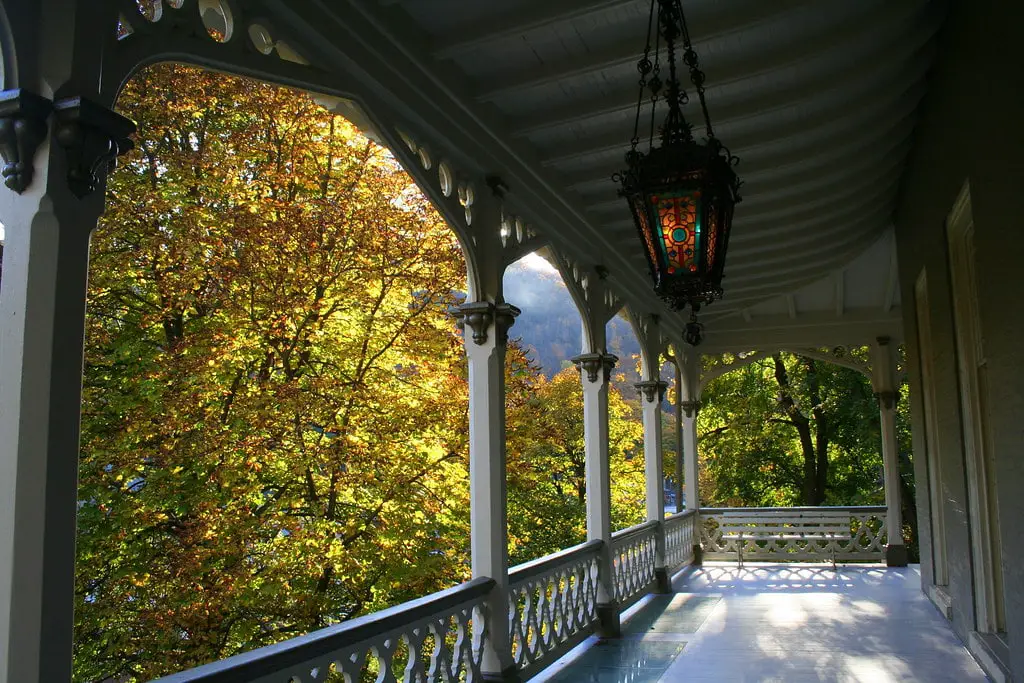
Challenges and Triumphs in Preservation
Overcoming Preservation Challenges
Several challenges have marked the journey of preserving the Asa Packer Mansion. After the death of Mary Packer Cummings in 1912, the mansion faced an uncertain future.
It remained closed for 44 years, during which time its condition deteriorated. The turning point came in 1956 when the Jim Thorpe Lions Club took over the stewardship of the mansion.
They faced the monumental task of restoring and maintaining the mansion’s original state, a challenge compounded by the need for constant upkeep of the 19th-century structure and its antique contents.
The Role of the Jim Thorpe Lions Club
The Jim Thorpe Lions Club has played a crucial role in preserving the Asa Packer Mansion. Their commitment to maintaining the mansion’s historical integrity has been unwavering.
The club has organized numerous fundraising events and initiatives to support the ongoing restoration and maintenance efforts.
Their work has ensured that the mansion remains in excellent condition, preserving its historical significance for future generations.
The club’s management has also been instrumental in keeping the mansion accessible to the public, making it a key tourist attraction in the region.
Community Engagement and Support
The local community’s involvement and support have been vital in preserving the Asa Packer Mansion.
Community members have volunteered their time and resources, demonstrating a collective commitment to preserving their local heritage.
This community effort has not only helped in the physical upkeep of the mansion but has also kept the story and legacy of Asa Packer alive in the collective memory of the region.
The mansion’s preservation is a testament to the power of community engagement in heritage conservation.
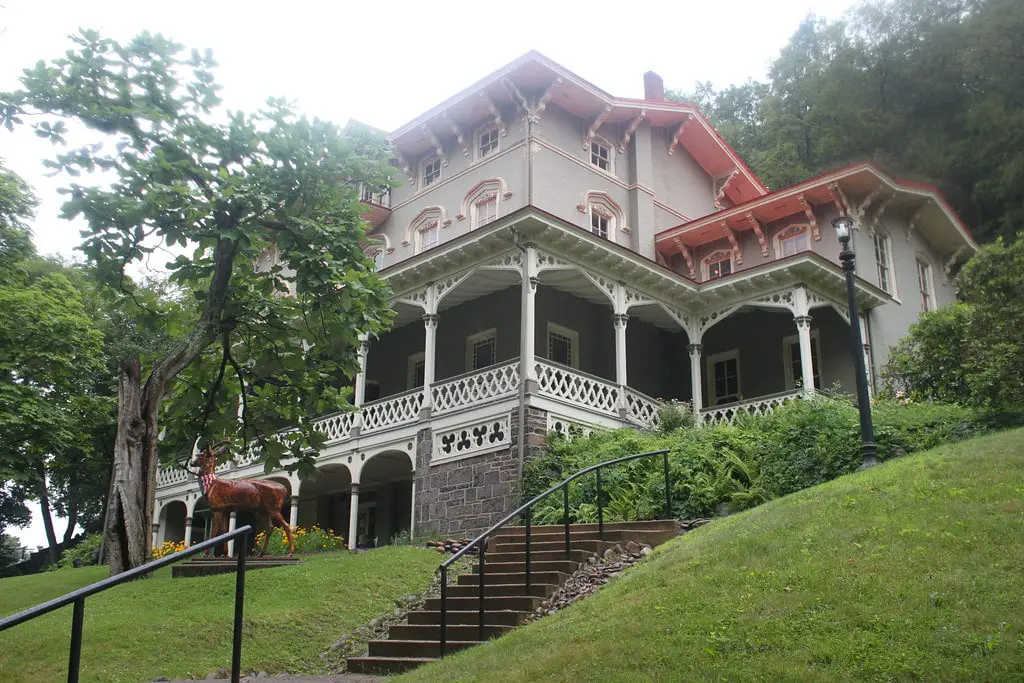
The Asa Packer Mansion Today
Current State and Visitor Experience
Today, the Asa Packer Mansion is a beautifully preserved piece of history, attracting thousands of visitors annually.
The mansion offers guided tours that provide insights into the life of Asa Packer, the architectural significance of the mansion, and the history of the era it represents.
Visitors can explore the various rooms, each meticulously maintained to reflect its original state, offering an immersive experience of the Victorian era.
Impact of COVID-19 and Adaptations
Like many historical landmarks globally, the Asa Packer Mansion faced considerable hurdles due to the COVID-19 pandemic.
To address this, the administration put in place protective measures to safeguard the well-being of both guests and employees.
These measures included limiting tour sizes, enhancing cleaning procedures, and introducing timed entry to manage visitor flow.
Despite these challenges, the mansion continued providing visitors with a unique and educational experience.
Future Plans and Developments
Looking to the future, management plans further to enhance the visitor experience at the Asa Packer Mansion.
One such initiative is establishing a custom gift shop that offers memorabilia and educational materials, adding a revenue stream for the mansion’s upkeep.
They are also exploring new ways to engage with the community and visitors, including special events and educational programs.
These efforts aim to ensure that the Asa Packer Mansion remains a vibrant and accessible part of American history, continuing to educate and inspire future generations.
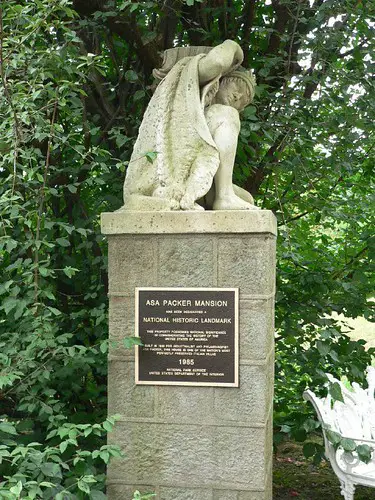
The Enduring Legacy of the Asa Packer Mansion
A Testament to American History and Architecture
With its rich history and architectural splendor, the Asa Packer Mansion is a testament to a pivotal era in American history.
It embodies the spirit of the 19th century, a time of industrial advancement and architectural innovation.
The mansion’s preservation as a museum allows visitors to step back in time and experience the grandeur of the Victorian era, offering a tangible connection to the past.
Its status as a National Historic Landmark underscores its significance in the tapestry of American heritage.
Reflecting on the Mansion’s Historical Journey
Reflecting on the journey of the Asa Packer Mansion, from its construction in the 1860s to its current status as a cherished historical site, one can appreciate the efforts made to preserve this piece of American history.
The mansion has survived challenges and changes over the decades, each phase adding to its story.
Looking Forward to the Mansion’s Future
Asa Packer Mansion remains important, not just as a historical site but as an educational resource and source of inspiration.
Its ongoing preservation efforts ensure that it remains a vibrant part of the community, accessible to all who wish to explore its history and beauty.
The Asa Packer Mansion’s story, rich with history, architecture, and personal narratives, will continue to captivate and educate, serving as a bridge between the past and the present.
